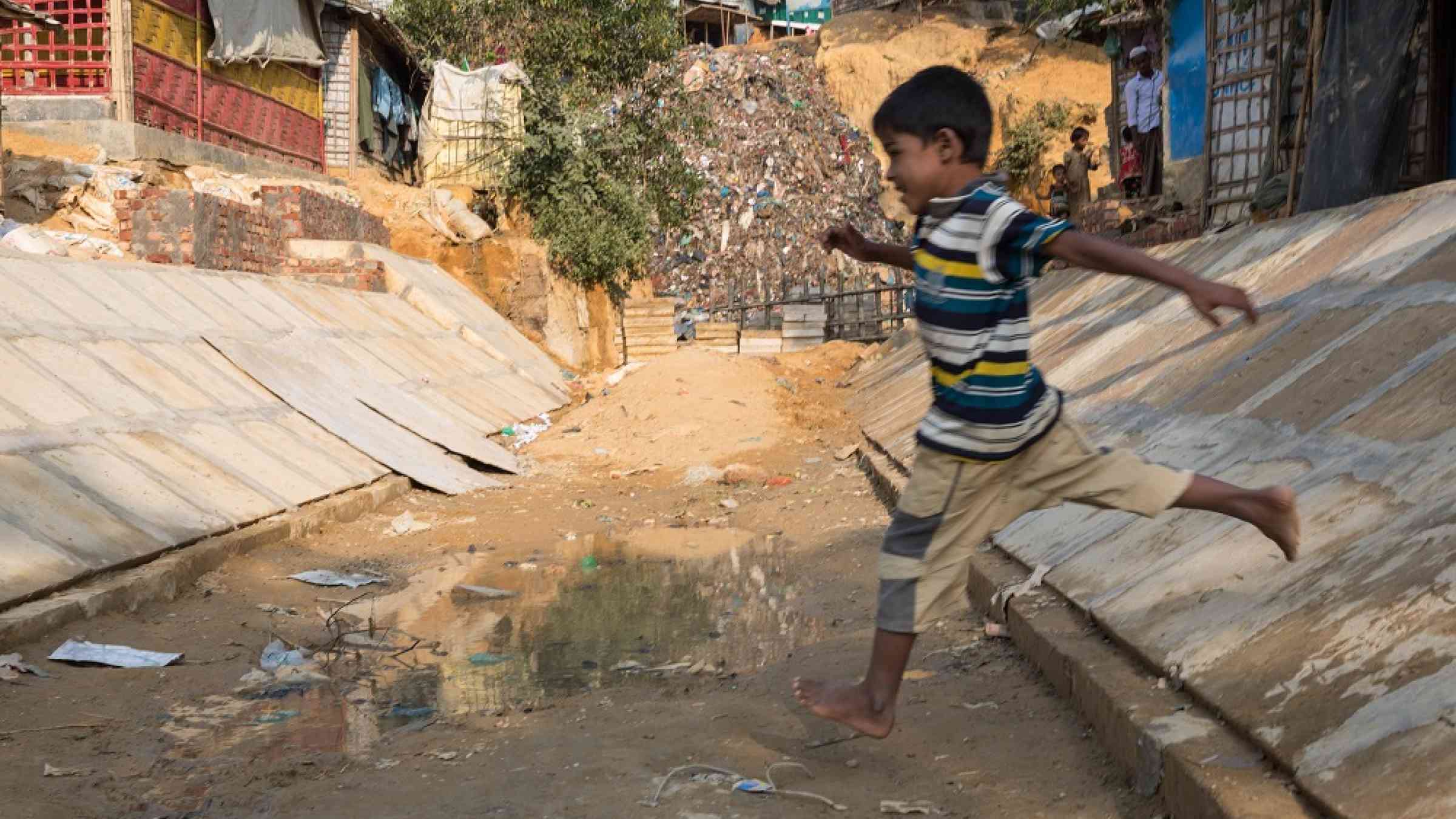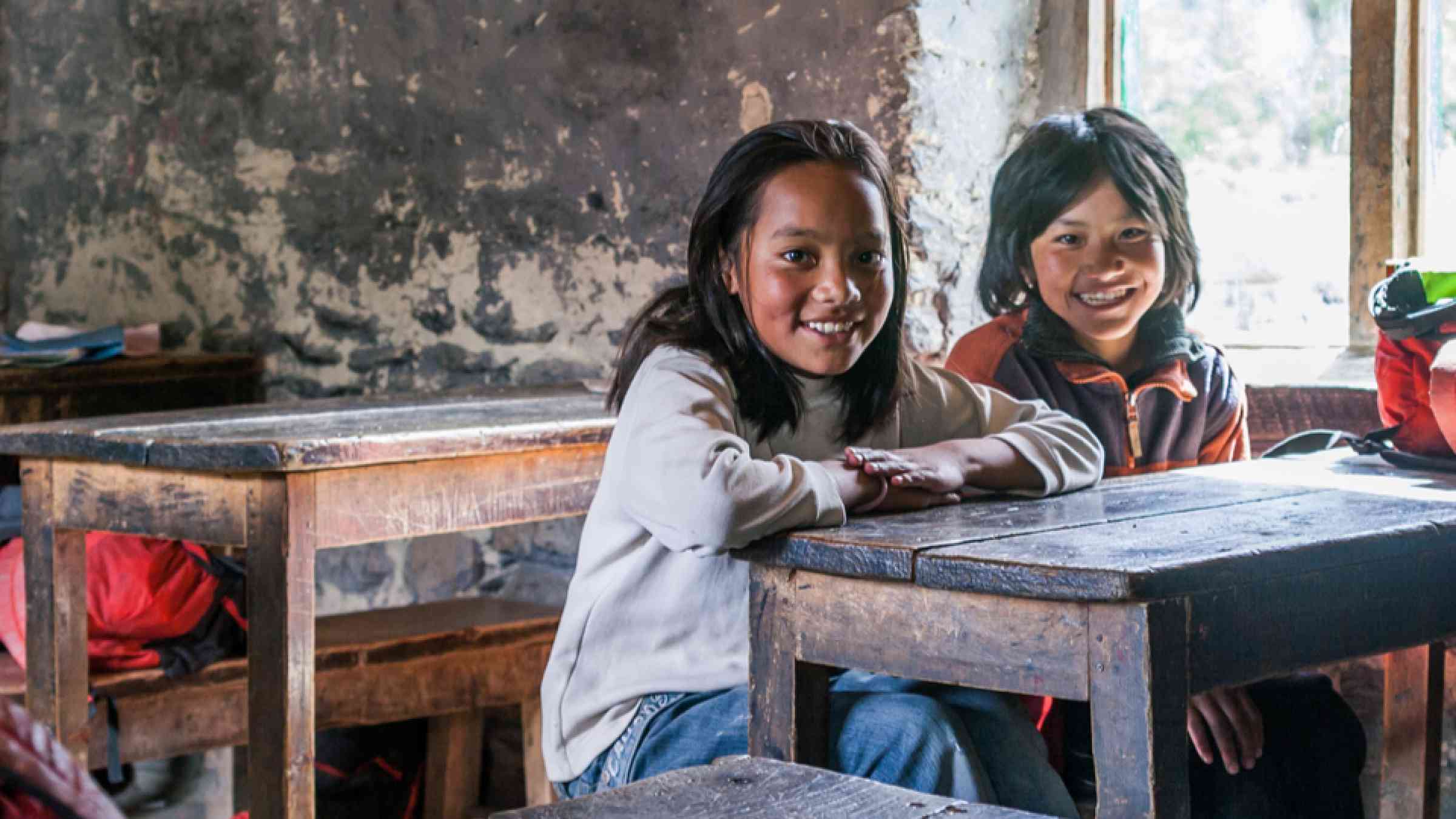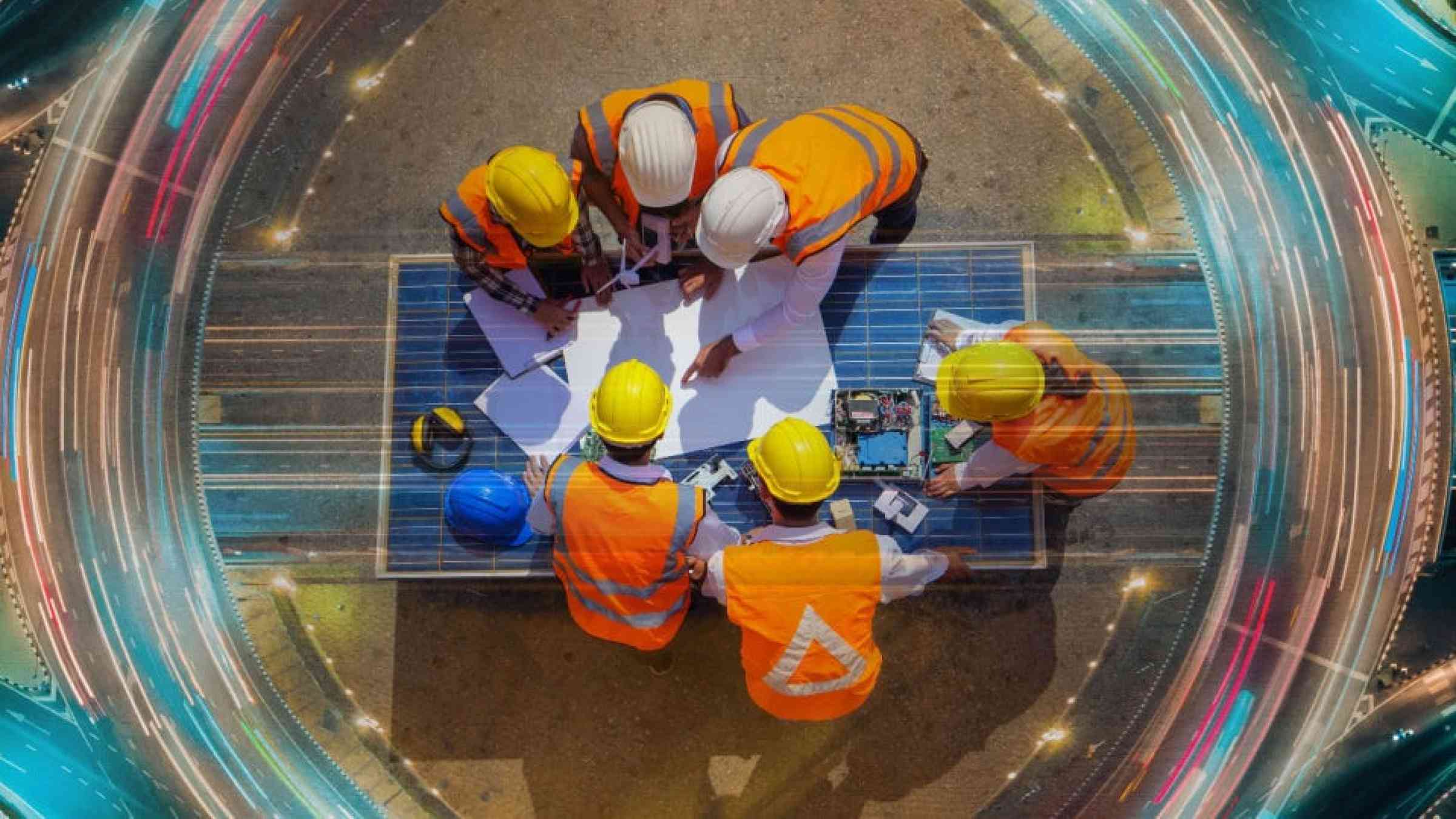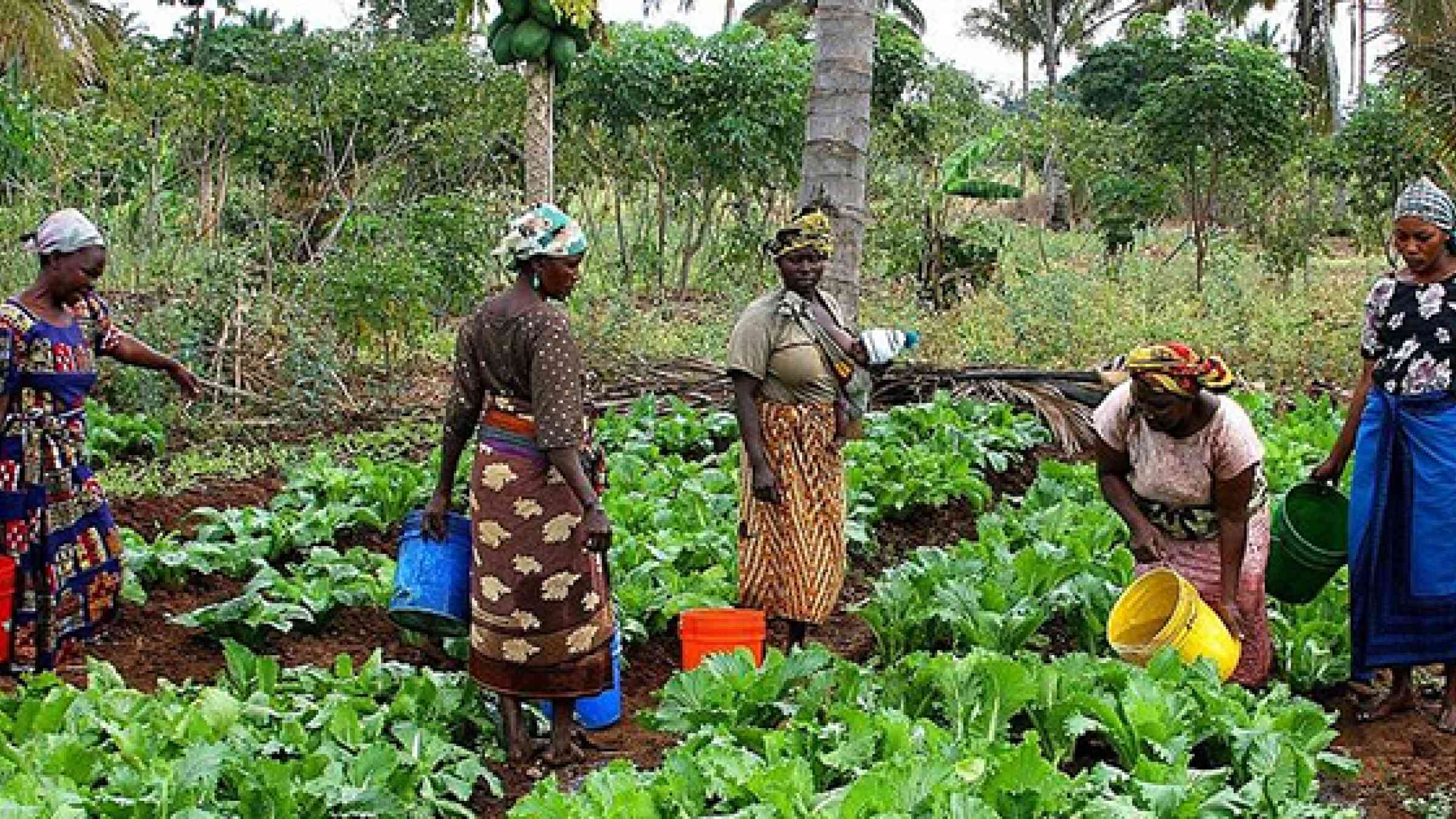UNDRR Focus areas: disaster reisk reduction in action
The interactions between climate change trends, ecosystem fragility, disease outbreaks, rapid unplanned urbanization, mass displacement and geopolitical instability, fuelled by the interconnectivity of communications, trade, financial systems and politics, mean that shocks, stresses, and crises reverberate globally.
The COVID-19 pandemic has reminded the world what the Sendai Framework for Disaster Risk Reduction 2015-2030 is all about: risk is systemic, interconnected and cascading. Climate change is driving increased risk across all countries, and unpredictable hazards can have devastating cascading impacts on all sectors, with long-lasting, debilitating socio-economic and environmental consequences.
As UN Member States move forward with Agenda 2030, more focused, accelerated action is required to help countries identify and analyse the broad range of risks they face, put in place appropriate measures to mitigate existing risks and to prevent the creation of new risks.
Reducing existing risk, preventing the creation of new risk and building resilience take a whole-of-society approach. And they all take committed leadership and governance.
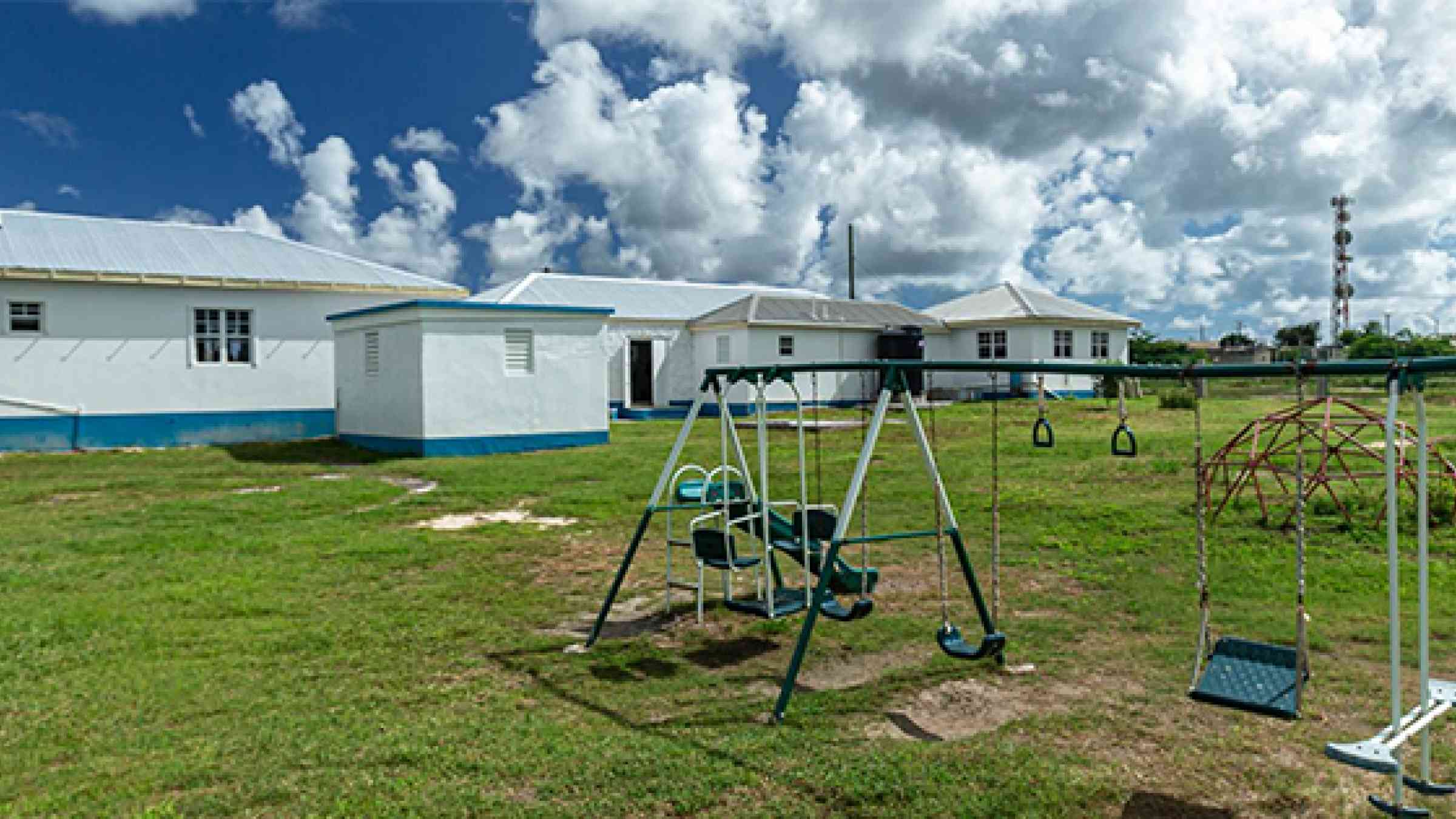
UNDRR thematic work on DRR
In addition to our programmatic and coordinating work, UNDRR's disaster risk efforts are cross-cutting across many themes.
